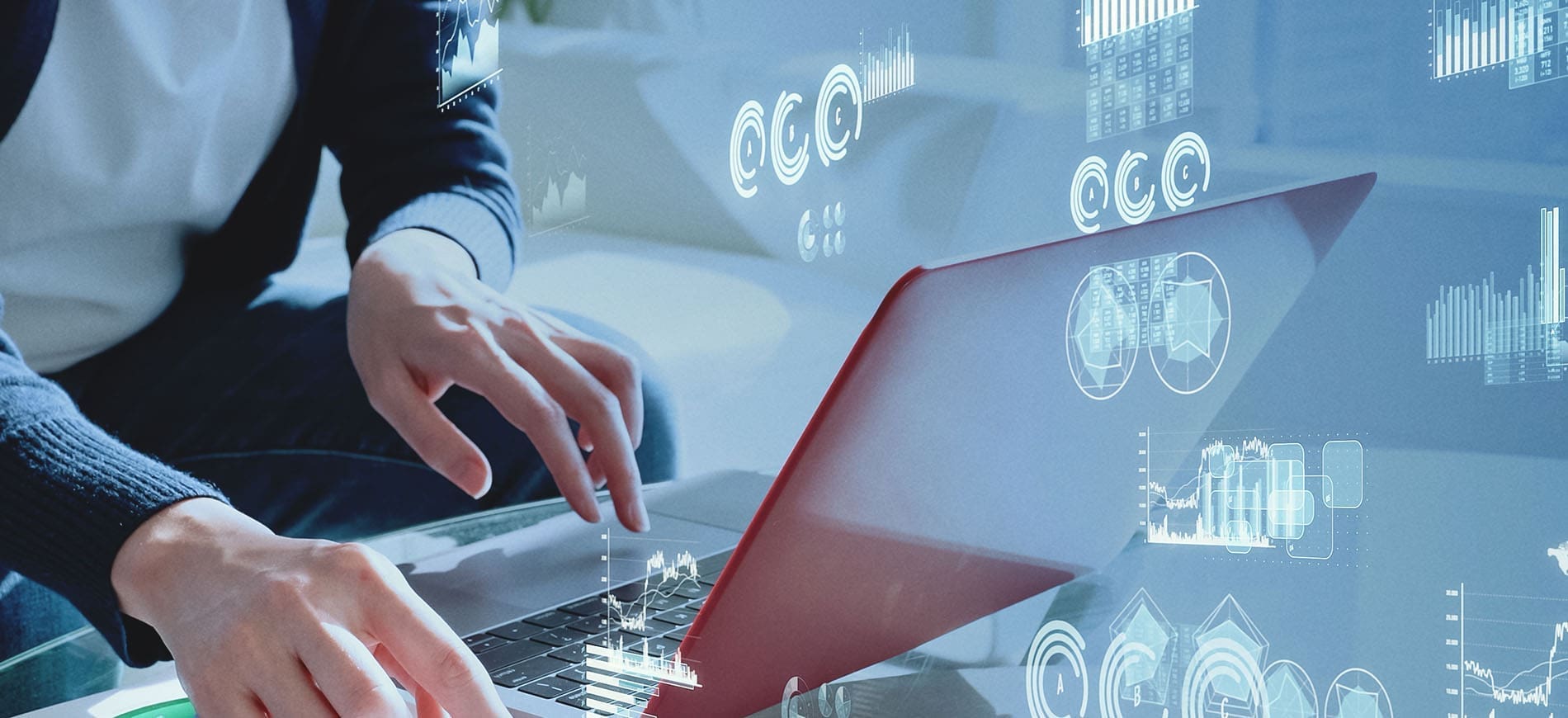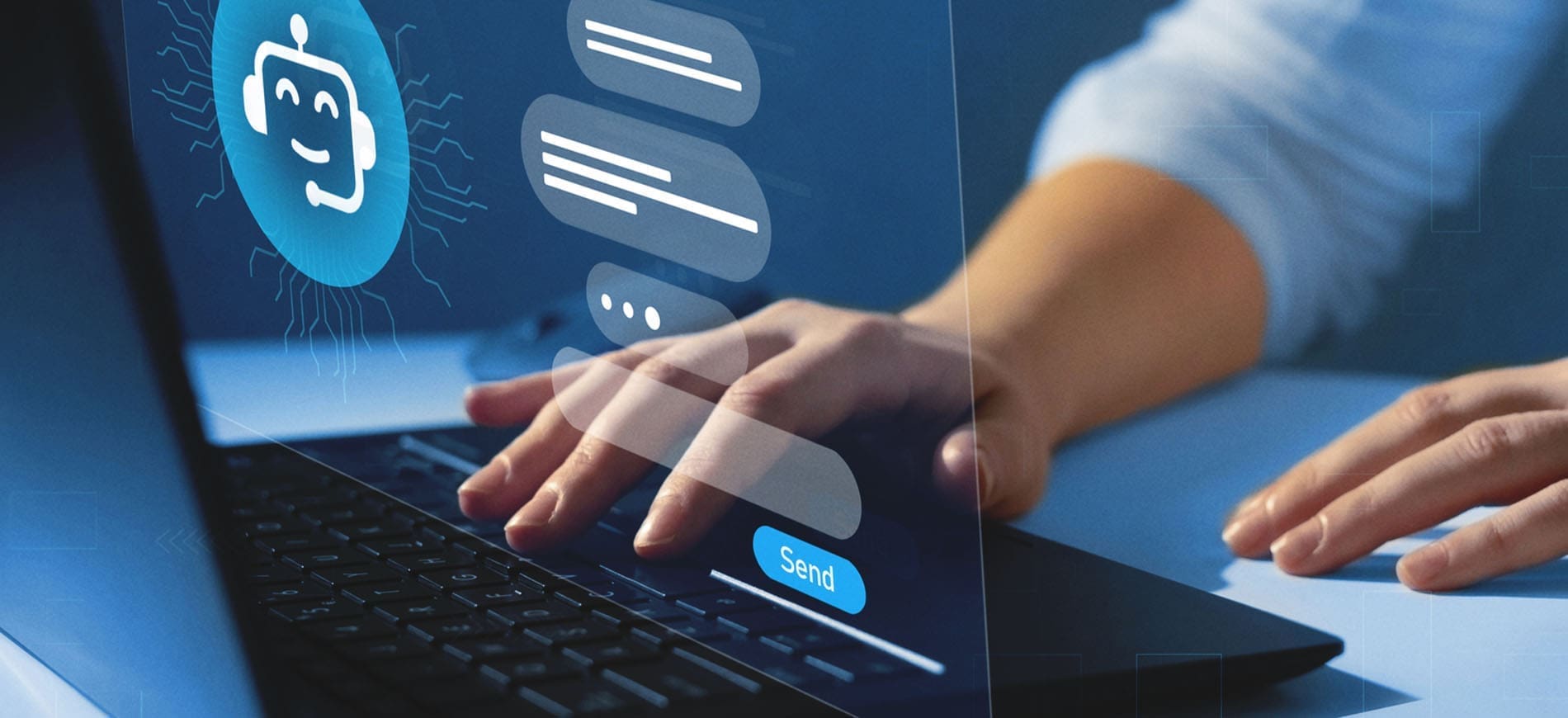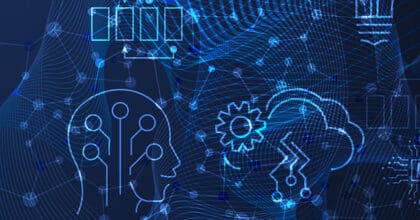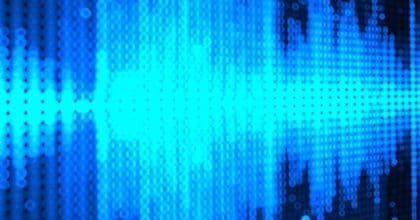While battling an unfortunate springtime bout of the flu, I found myself foregoing a usually active lifestyle for more sedentary activities, eventually reaching for the thermometer. After seeing an above-normal temperature reading, I noted the inverse correlation between my two ‘numbers’ that day – the increase in my temperature and the decrease in the number of steps on my wearable fitness device.
As evidenced by my under-the-weather observation, countless types of personal data are increasingly becoming an integral part of our lives, and we are tracking ourselves without a second thought.
The Mintel Trend Data Creators explores the concept of people creating data – actions, movements and behavior all leave a trail and tell a story, and technology is now allowing people to listen to this data, learn from it and react. It used to be that our data gathering was sparse and simplistic; in the past, it was taking a temperature, glancing at a bank statement, counting calories on food packages. Today we have more, better and smarter tools that let us track what we’re doing, our state of mind and the general world around us. We have bras that monitor heart rate, smartwatches that display personal finance alerts and tumblers that sense what’s in them and then quantify caloric consumption.
Now, we see a cycle propelling us toward knowing more and doing more: with the influx of the Internet of Things and connected devices—whether they’re wearable or built for the smart home—that facilitate data gathering, we’re becoming more data hungry. The more data hungry we become, the more gadgets and methods are created to help quantify our lives. Among the latest:
- Developed in Portugal, Iddo is a sensor that attaches to a biker’s BMX and tracks distance, speed and progress.
- Beddit, from Finland, is a sophisticated sleep-tracking device that consists of a sensor ribbon strapped across the bed, which communicates and sends information to an app throughout the night to help the user learn about their sleep patterns.
- Alere has created the HomeLink, a single device that acts as a hub of information drawn from a consumer’s several connected devices. Created primarily for health information, the HomeLink claims compatibility with weight scales, glucose meters, blood pressure monitors, and pulse oximeters, but it can also read information from other devices enabled with Bluetooth and Bluetooth Low Energy.
Brands across all categories would do well to find innovative ways to facilitate data gathering and analysis—but keep in mind that the key to success lies not just in tracking, but in utilization. After all: what benefit do we get from simply having data if we can’t do something with it?
Brands across all categories would do well to find innovative ways to facilitate data gathering and analysis—keeping in mind the key to success lies not just in tracking, but in utilization.
Among the ways we are seeing data find a function:
- From the UK, One Click is an app designed to help people monitor their alcohol intake. To use the app, drinkers give it a tap every time they order another drink – giving them a record of just how much they’ve had, and encouraging them to stop when enough is enough.
- TeleSkin is a Danish smartphone app that makes it easier than ever for consumers to keep track of their skin. Users take photos to monitor the health of moles. Photos can then be sent directly to medical experts, who respond within 24 hours.
- A new public transit card from China’s Beijing Municipal Transportation Card Company now doubles as a wearable fitness tracker. The device is wearable via a wrist strap that connects to smartphones. It serves as both a train pass and a fitness tracker that will give users reward points for walking as opposed to taking transit and will also monitor their heart rate.
- Sao Paulo’s government is testing a bike counter system to collect data on the number of cyclists that pass by over a period of time and to display the data in real time.
- Sevenhugs is an automated home system from France that aims to improve the wellbeing of everyone at home. The company’s first launch is hugOne, a device that uses sensors to monitor families’ sleep patterns as well as the air quality in the home.
- In Japan, Hitachi High Technologies has created a wearable device that measures office happiness. The device, about the size of a credit card, contains sensors that determine a wide range of information about the wearer: If they are sitting or standing, nodding or looking straight, talking to co-workers or not, etc. The data is sent to a base unit where it is aggregated to determine patterns that can be assessed for levels of happiness and whether or not the office manager needs to transform the environment to boost productivity.
- Xerox developed a program in Los Angeles to solve city’s notorious parking congestion problem. The solution applies data to manage and improve the city’s parking infrastructure. Smartphone apps give drivers real-time information about parking availability and pricing, and then direct them—turn by turn—to the nearest available space. Drivers can also pay via their smart apps, which eliminates the search for money while also allowing them to check their time left on their phone. The Los Angeles study is a pilot program and there are plans to expand to other cities.
- Stir has introduced Kinetic Desk, a standing desk that senses when the user needs to sit down. The desk uses a built-in thermal sensor that records individual standing and sitting patterns. These are then translated via a touchscreen into how many calories have been burnt or how long the user has been sitting. It also has Wi-Fi and Bluetooth capabilities to sync to other health-related apps.
With these thoughts in mind, as privacy is increasingly paramount, consider how brands are moving beyond temperature taking—of course, without being too obtrusive—to meet consumer needs and desires.
To find out more about Mintel’s Trends and how they impact your market click here.
Stacy Glasgow is a Consumer Trends Consultant at Mintel. Stacy joined Mintel in 2013 bringing with her an exciting blend of CPG, agency and marketing experience. Her time is spent traveling the US engaging clients across global CPG, Beauty, and Financial Services in meaningful discussions around the consumer trends that will propel their businesses forward.















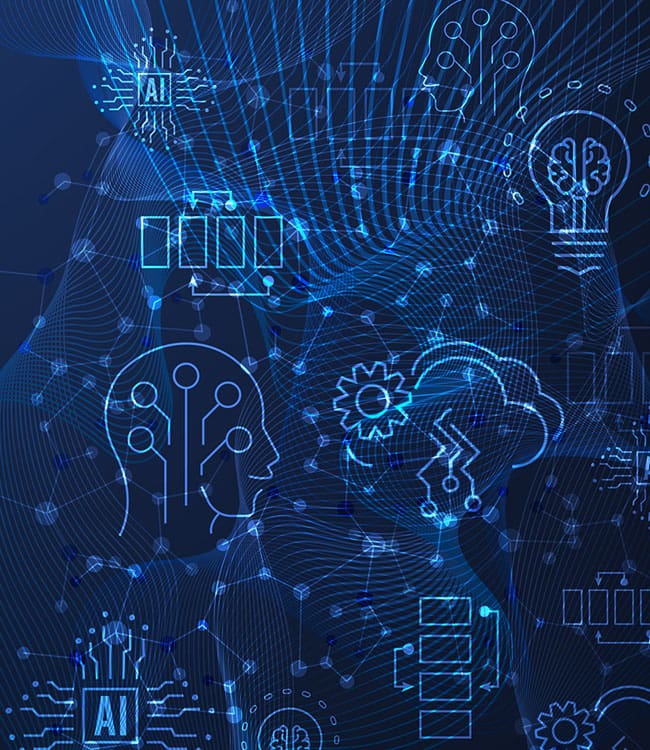
![[LISTEN] Tech at Mintel: A Tech Leader’s Journey to Success and Inclusion](https://www.mintel.com/app/uploads/2023/08/Tech-at-Mintel-Sound-Waves-Podcast.jpg)

